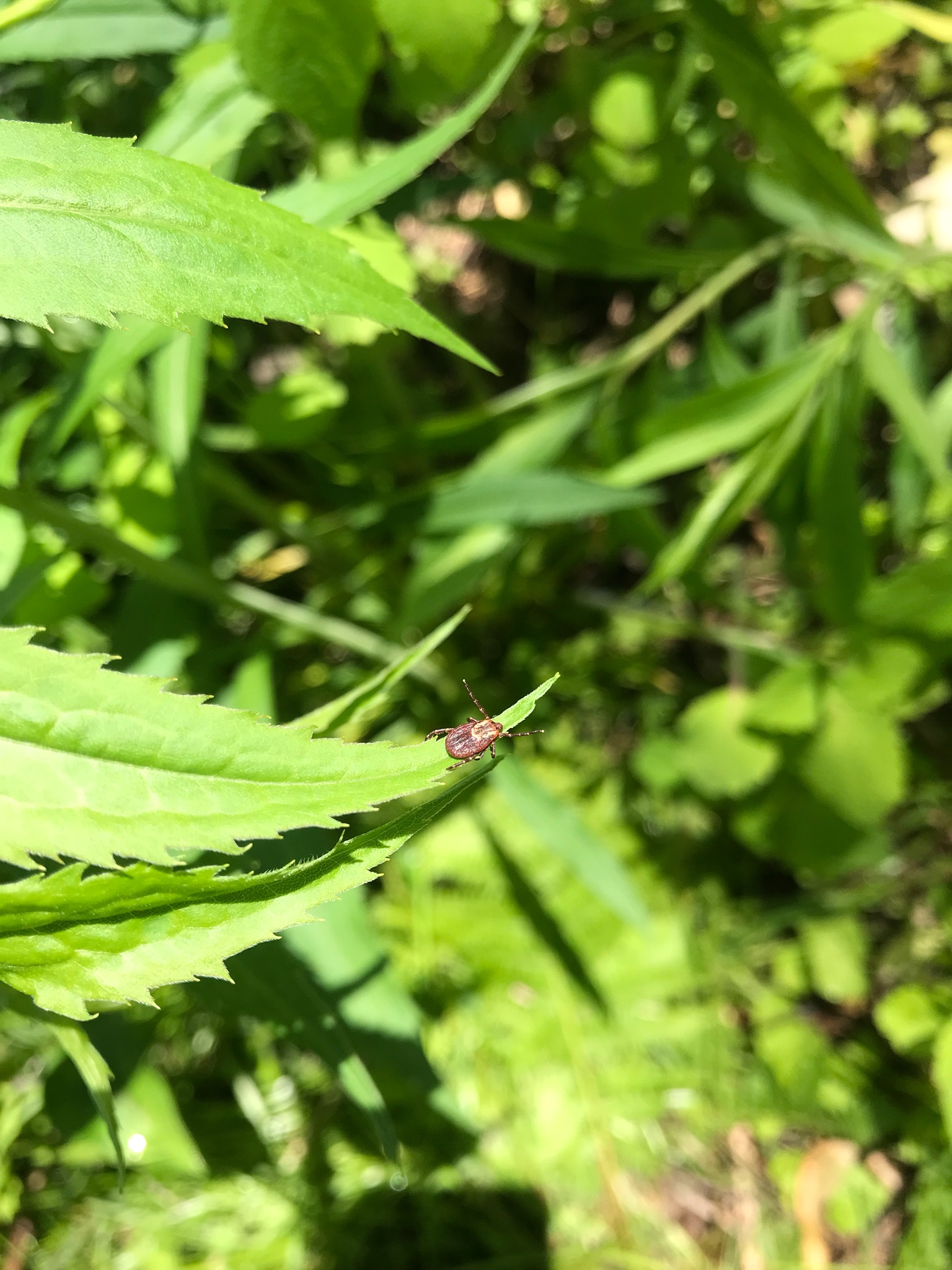Insect repellents should have an adequate percentage of the active ingredient in order to be effective/long lasting. 20-30% of an active ingredient is the recommended amount to have in insect repellent products. The products should always be Environmental Protection Agency (EPA) registered.
Properly applying repellent is an important process and can heavily alter the efficacy of a repellent product. Always apply an even thin coat to the skin, or clothes. Never spray products directly into the face. Spray first into your hands then apply to the face.
DEET
- N, N-diethyl-meta-toluamide
- Can be applied directly to the skin
- Safe for children and pregnant women
- Strong smell
Recommended DEET products:
Picardian
- KBR 3023
- Synthetic ingredient closely related to piperine which is a natural compound from black pepper
- Can be applied directly to skin
- Safe for children and pregnant women
- Concentrations of 10-20% provide protection for up to 12 hours
- Mild smell
Recommended Picardian products
IR3535
- 3-[N-Butyl-N-acetyl]-aminopropionic acid, ethyl ester
- Structurally related to β-alanine which is an amino acid that occurs naturally
- Can be applied directly to the skin
- Safe for children and pregnant women
- Works best on deer tick nymphs
- Odorless
Recommended IR3535 products
Oil of Lemon Eucalyptus
- p-Menthane-3,8-diol
- Naturally occurring active ingredient from the lemon eucalyptus plant
- Not an essential oil; mixed with PMD
- Can be applied directly to the skin
- Safe for pregnant women
- Safe for children over 3 years old
- You have to reapply the product more often than others ~2 hours of protection
Recommended Oil of Lemon Eucalyptus products:
Permethrin
- 3-(2,2-dichloroethenyl)-2,2-dimethylcyclopropanecarboxylic acid
- The only repellent that repels and kills ticks
- Safe for children and pregnant women
- Works best when sprayed on clothes as opposed to directly on skin
- Permethrin treated clothing is found to be more effective than the sprays
- Highly toxic to aquatic life and cats
Recommended Permethrin products
Essential Oils As Repellents:
Essential oils have shown promise in recent years as being an alternative to chemical/synthetic insect repellents. However, currently there has not been adequate research to give a definite answer. Be careful when replacing your repellents with natural oils as you may have a false sense of security regarding being protected from ticks.
Citronella
– Registered with the EPA as a natural repellent against insects
– It is derived from several species of lemongrass
– Often a key ingredient in most botanical insect repellents
Nootkatone
Registered with the EPA as a natural repellent against insects
It is found in Alaskan yellow cedar tees and in grapefruit skin
It is able to repel ticks and mosquitoes
Used abundantly in the food industry to flavor foods
Pine oil
– The oil repels ticks due to its potent smell
– If ticks come into contact with the oil they die very quickly
Botanical brands currently on the market that are backed by science:
Factory-Treated Clothing
Permethrin is currently the main and only insect repellent used in the process of pre-treated insect repellent clothing. Permethrin has been used as an insect repellent for over 40 years. Pre-treated clothing has been highly effective at repelling troublesome insects such as ticks and mosquitoes. Permethrin interrupts the ticks’ ability to bite humans by causing irritation to the ticks/insect. They tend to fall off or detach because of this. It has been shown to be highly effective against the Ixodes scapularis (deer tick/blacklegged tick), which is the main vector for Lyme disease. Pre-treated clothing is an important tool for people who spend the majority of their time outside. Whether that be for leisurely activities or because of their work.
Some important tips to keep in mind are that pre-treated clothing should be washed separately from your normal laundry. There has been research that suggests small traces of permethrin can come off during the washing process due to the detergent used. Factory-treated clothing is meant to be effective for at least 6 wash cycles. If you are interested in getting some of your clothing pre-treated, Insect Shield is one of the top companies that specializes in this. The process is extremely simple and can save you a lot of issues in the long run. You send your clothes into them, they pre-treat it, and send it back to you. What could be simpler than that?

